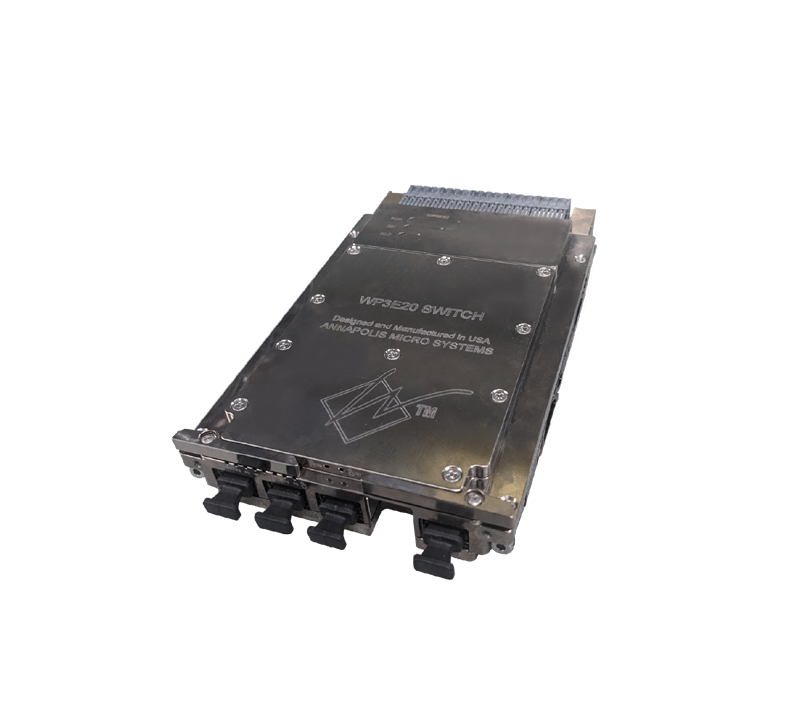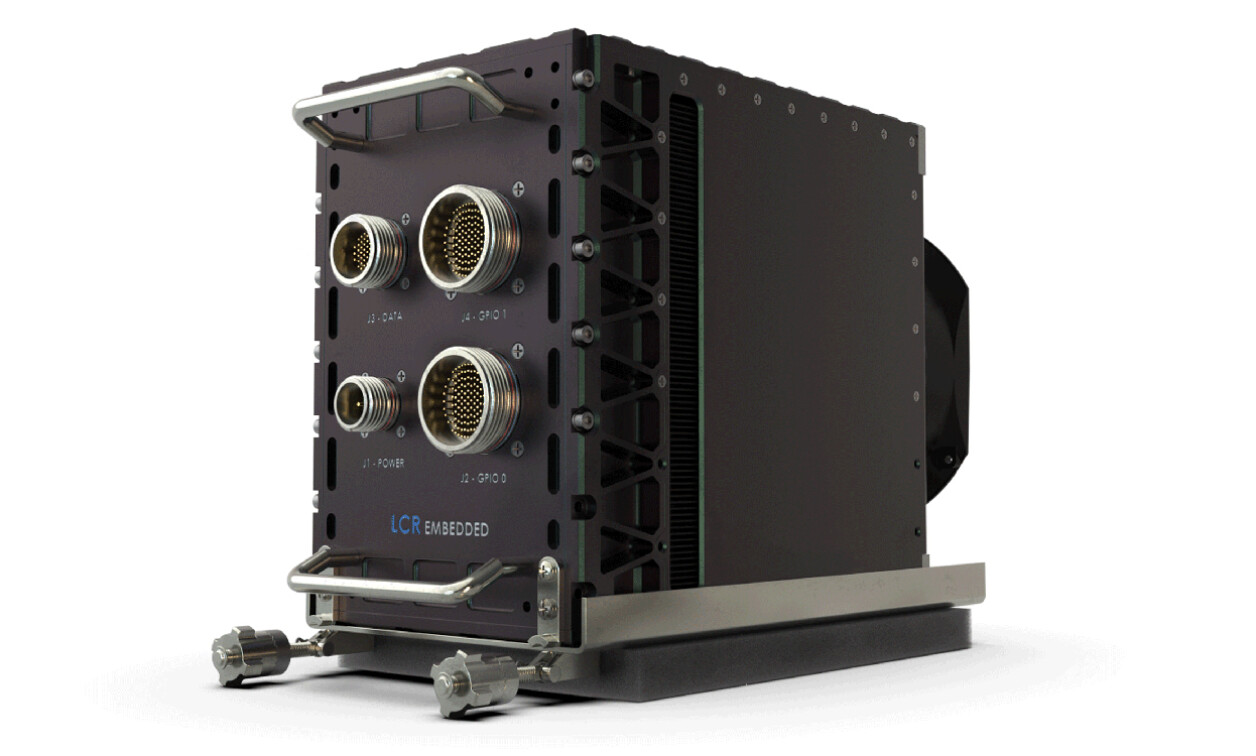ANSI/VITA 46.11, System Management on VPX, defines components, interfaces, mechanisms, and general infrastructure to support the implementation of an interoperable, application-independent management subsystem within VPX that enables features such as inventory, sensor and diagnostic management, and system configuration and recovery. Standardization of this subsystem is increasingly important, as defense budgets continue to tighten and the demand for cost-effective COTS-based hardware strategies inexorably ramps up. “System management on VPX: Leveraging VITA 46.11 for VPX plug-in modules,” in the Spring 2014 issue of VITA Technologies introduces the standard, with an emphasis on its plug-in module level.
ANSI/VITA 46.11 is based on the management layer defined in PICMG’s AdvancedTCA (ATCA) specification and therefore benefits from more than a decade of demanding field experience with ATCA systems deployed around the world and an active ecosystem of management component suppliers. While strongly leveraging ATCA management, VITA 46.11 has been adapted to the specific needs of VPX applications, including VPX-specific management commands and data structures.
The two largest factors in revising the DSTU to produce ANSI/VITA 46.11-2015 were an organized interoperability testing program for early DSTU implementations and a thorough comparison of the DSTU with the ATCA management specifications from which it was derived. The VITA 46.11 working group organized both initiatives.
How did interoperability testing help identify areas for ANSI/VITA 46.11 maturation?
The working group decided that multi-company interoperability testing was a necessary part of the path from the DSTU to a ratified standard. This was an ambitious choice, because it required participating companies to invest significant effort in: 1) building system management components compliant with the DSTU and 2) coming together to test the interoperability of those components in a systematic way.
VITA sponsored and the working group organized the first VPX System Management Interoperability Workshop (VSM-IW). This event, which took place in September 2014, brought together chassis and modules from multiple VPX product companies for testing. The tested products spanned four distinct management implementations at the module level and two implementations at the chassis level.
One key working group decision in this area was to model the testing approach on that used for ATCA by PICMG, which has presented dozens of ATCA interoperability testing events stretching back to 2002. PICMG agreed to turn over its testing materials as a potential basis for corresponding VITA 46.11 testing. The working group’s original choice to base VITA 46.11 on the management layer of ATCA paid yet another dividend down this path. “Validating the interoperability of VITA 46.11-based system management elements,” published in the Fall 2014 issue of VITA Technologies, provides more detail on the preparations and organization for this event.
As indicated in that article, the working group prepared explicit test plans to be used during the VSM-IW to guide testing activities. While many of the plans were leveraged from ATCA, some were created for VITA 46.11 from scratch. Each plan provided step-by-step guidance for testing a particular functional area. Even before the VSM-IW, the creation of these detailed plans was useful in highlighting areas of the DSTU that were incomplete or potentially ambiguous.
For instance, test plan development in the working group highlighted the fact that the DSTU omits a substantial area of the ATCA specification that details how exceptional events (such as temperature threshold crossings) are generated and handled. PICMG test plans for this functionality could not be mapped for VITA 46.11 because that area was simply unaddressed in the DSTU.
The VSM-IW testing had two primary components. First, individual pairs of chassis (each with its chassis manager) and module types were tested for interoperability according to relevant test plans. These two-company tests occurred in a series of two-hour test blocks. Second, in a parallel maximum configuration test, separate chassis were filled with additional modules and then stress tested in the system management layer. Figure 1 shows an example maximum configuration chassis with its module population.
During the VSM-IW, participant companies that had developed or configured their management components independently discovered areas where they had interpreted the DSTU differently, resulting in incompatible implementations. Areas like this were queued for resolution by the working group via modifications or sometimes simply clarifications in VITA 46.11.
How did interoperability testing and systematic textual comparison with ATCA influence the evolution of VITA 46.11?
After the VSM-IW, the working group focused on the various issues identified in the DSTU during VSM-IW preparation and live testing. A key example area was the handling of exceptional events, carefully considering how the application contexts and constraints differed between the ATCA and VPX communities. ANSI/VITA 46.11 now includes content in this area, with appropriate adaptations to the VPX context.
Specifically, the content illustrated in Figure 2, as well as normative and informative supporting text, were added to VITA 46.11. This additional material was adapted for VPX from corresponding content in the ATCA specification. It explains threshold levels that apply to temperature events in the intelligent platform management interface (IPMI) and provides guidance for how such events should be reported by intelligent platform management controllers (IPMCs) and handled by chassis managers.
Alert conditions are asserted as a sensor detects rising temperatures and de-asserted as a sensor detects falling temperatures, based on thresholds specifically configured for each individual sensor. To avoid generating numerous events while the temperature is moving just above or below a threshold, the system enables hysteresis, in which de-assertion occurs only when a temperature falls below the hysteresis level for a given threshold.
Much of this material is covered in the underlying IPMI specifications, but the terminology is different. It is important for clarity and interoperability that this coverage is now included in ANSI/VITA 46.11-2015.
Other than VSM-IW-related evolution influences, the biggest source of input for ANSI/VITA 46.11 was a systematic comparison of the DSTU with corresponding ATCA specification text. This comparison, though difficult to accomplish, uncovered numerous areas of functional difference.
The working group completed a lengthy review of the differences in each function. For those areas that were important to address in ANSI/VITA 46.11, new specification language was developed and refined as necessary.
One example area of changes identified through this review was in the state machine, which governs and tracks the operational state of VPX field replaceable units (FRUs). The VITA 46.11 architecture diverges significantly from the ATCA architecture in this area, including a lack of hot-swap support in VPX. When ATCA requirements were mapped into this different context for the DSTU, some key aspects were missed. These aspects were fixed in ANSI/VITA 46.11.
To summarize the differences between the DSTU and ANSI/VITA 46.11-2015, working group editor and moderator Jeff David of Mercury Systems compiled the following “by the numbers” list:
- Number of posted working group revisions: 10
- Number of months between DSTU and ANSI adoption: 19
- Number of pages: 208 in DSTU vs. 231 in the final specification
- Number of words: 64,562 in DSTU vs. 70,779 in the final specification
In addition to substantial functional changes like those described in this list, ANSI/VITA 46.11-2015 includes numerous editorial enhancements over the DSTU.
How can VPX chassis and modules be equipped quickly with ANSI/VITA 46.11 compliant management?
One way is to take advantage of an adaptable COTS management controller core and customize it to the specific needs of a particular VPX chassis or module. This approach, which is successfully used in the ATCA ecosystem, allows a VPX product implementer to defer to a specialized partner for thorough knowledge of the relevant governing specifications and the corresponding interoperability testing.
One example of this class of adaptable COTS management controller cores is the Schroff Pigeon Point family of chassis-level and module-level controller products.
The Schroff Pigeon Point BMR-A2F-VPX IPMC is a reference hardware/firmware design based on the SmartFusion intelligent mixed-signal FPGA that is widely used in the ATCA domain. Multiple VPX module vendors are already delivering VPX modules that integrate an IPMC based on a Schroff Pigeon Point board management reference (BMR) design integrated into the module design.
The Schroff Pigeon Point ChMM-700R implements the core of a chassis manager on a small SODIMM-sized module. It can be integrated as a physical module with a carrier board specific to a chassis architecture. Alternatively, its circuitry can be merged with that of the main PCB to form a single-PCB chassis manager implementation.
Figure 3 shows the benchtop implementations of these two solutions, with an intelligent platform management bus (IPMB) cable between them. This benchtop configuration implements an ANSI/VITA 46.11 compliant management layer that can help VITA 46.11 adopters learn about the standard and serve as a “known good” implementation for comparisons when product implementers bring up their adaptations of the COTS solution.
Schroff Pigeon Point chassis- and module-level solutions compliant with the DSTU have already been used to develop chassis and module products from multiple VPX vendors. An ANSI/VITA compliant updated chassis manager is available now. For module-level controllers, an ANSI/VITA 46.11-2015 compliant BMR IPMC release with modest firmware updates will be available by late 2015. For developers using the DSTU compliant release, the transition to this new release will be straightforward.
One of the most cost-effective ways to implement compliant and interoperable management components for ANSI/VITA 46.11 (both at the chassis manager and IPMC levels) is to choose an adaptable COTS generic core that supports ANSI/VITA 46.11 and those specifications. At either or both of the chassis manager or IPMC levels, that core can be adapted to the specific needs and constraints of a particular VPX chassis or module. The ANSI/VITA 46.11-2015 specification is available for purchase and download at http://Shop.VITA.com.
Pigeon Point Systems [email protected] www.pigeonpoint.com






